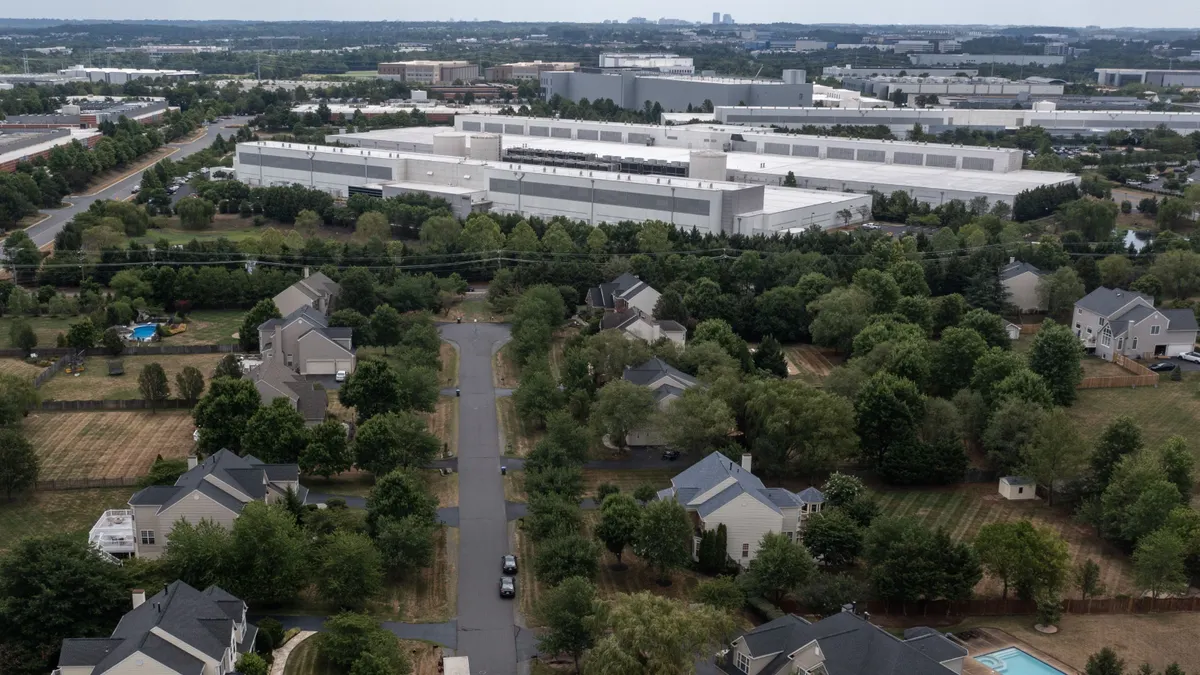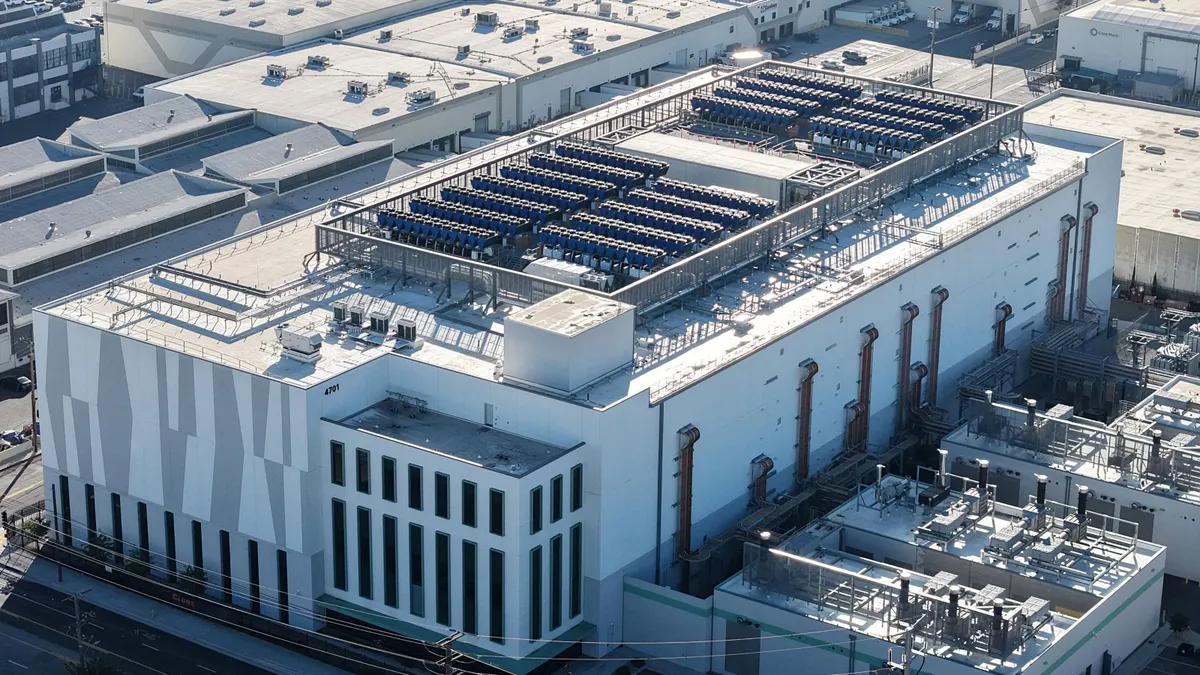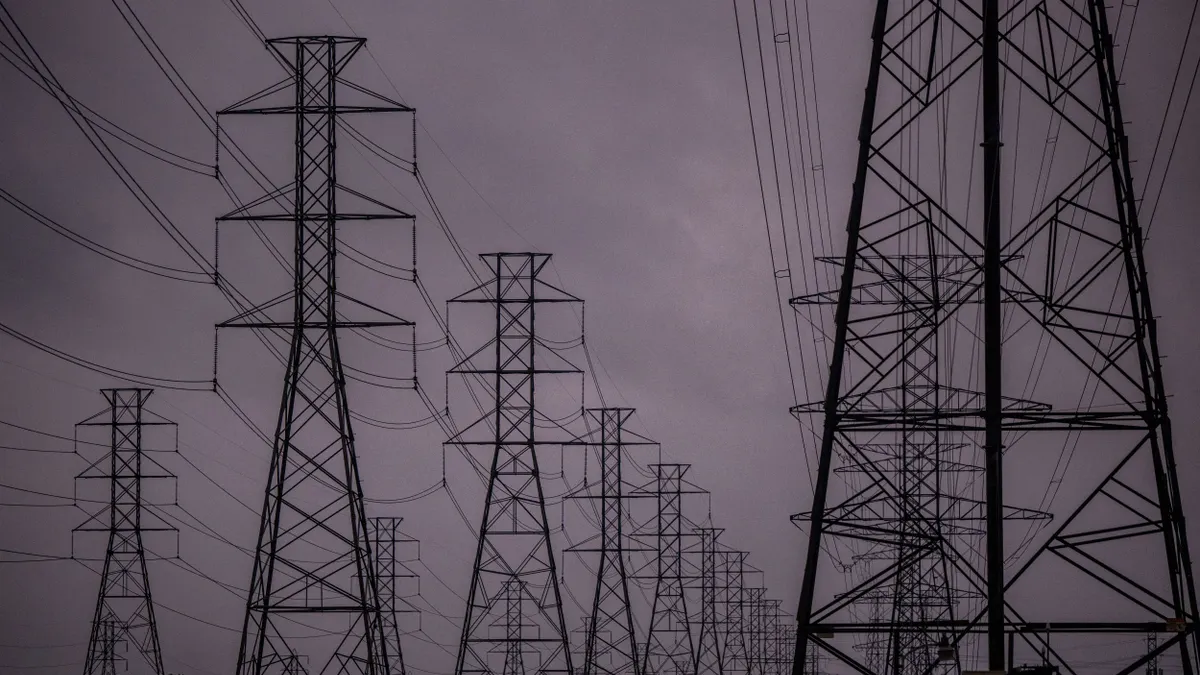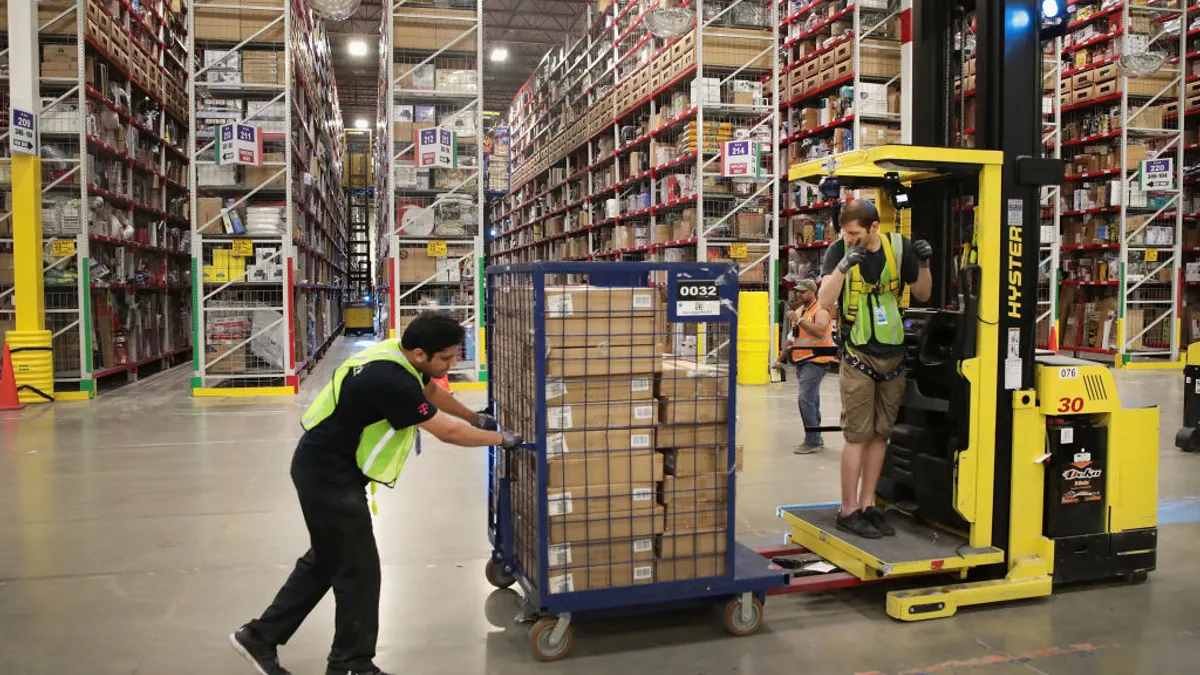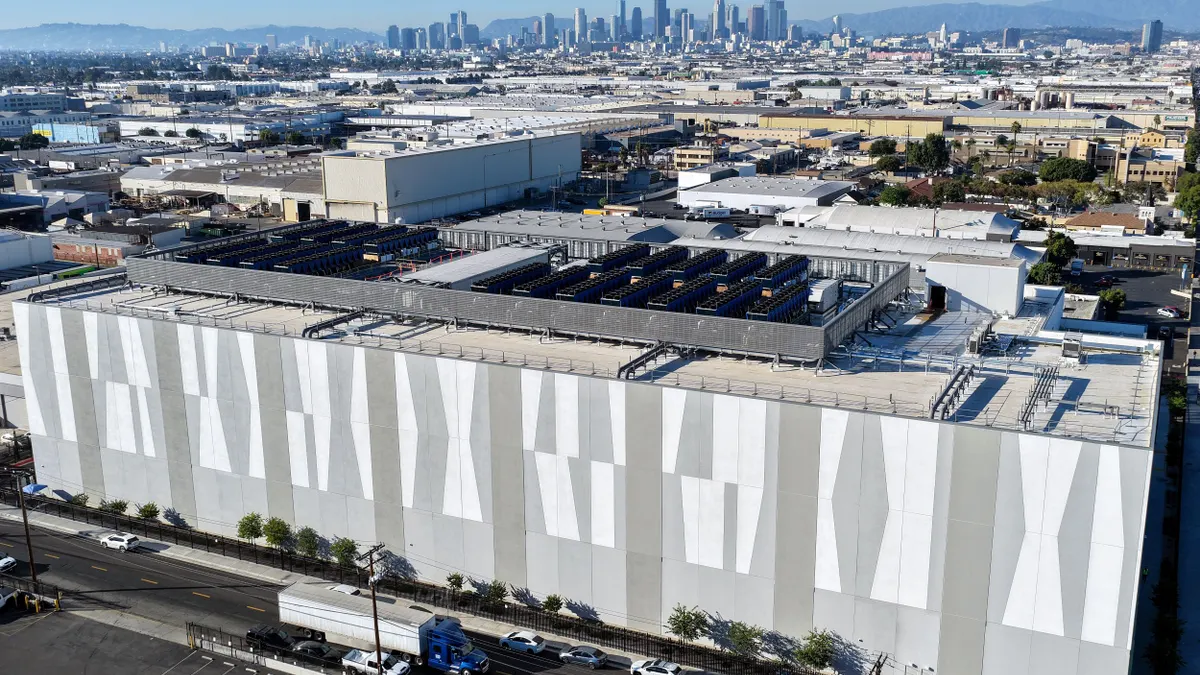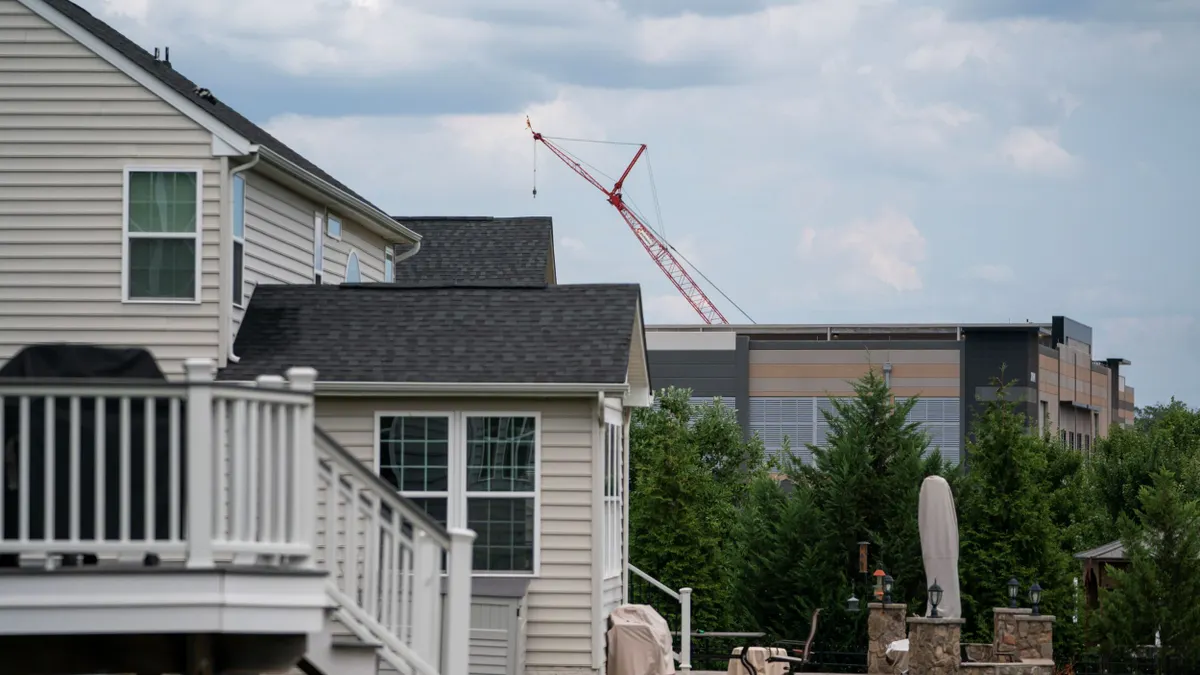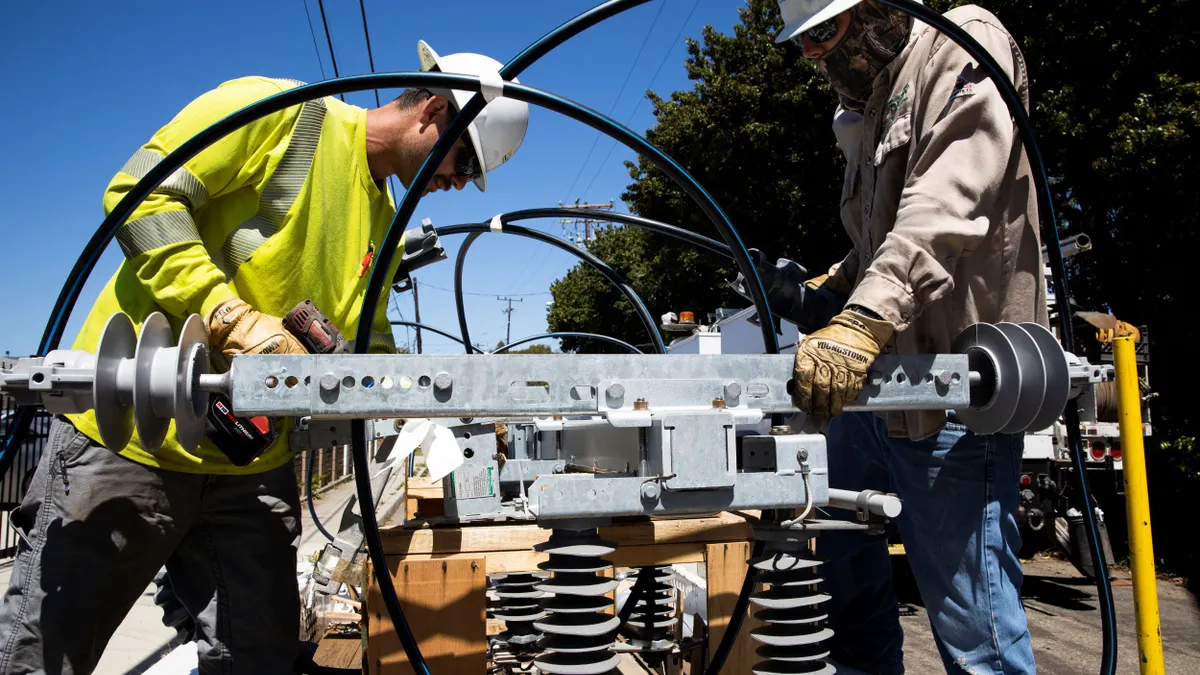Demand response has been around since the 1970s, but this year could be poised for more growth than ever. Fueled by the expansion of high-tech devices, advanced networks and new rate structures, it's no surprise many industry professionals foresee 2015 as "the year of demand response."
According Navigant Research, the total number of worldwide residential demand response sites is expected to grow from 6.8 million in 2014 to 64.8 million in 2023. The spread of advanced metering infrastructure (AMI) has unlocked the industry’s potential, and smart, two-way communicating appliances like thermostats and water heaters may be poised to usher in a new era of power consumption and savings.
Navigant also predicted the growth of demand response would slow in the wake of a the D.C. Circuit Court's decision to overturn FERC Order 745, but the long-term outlook is strong according to Dennis Quinn, COO of Joule Assets.
"Demand response is going to continue to be alive and well," he said.
Joule is involved in financing energy efficiency and demand response projects, as well as operating its own asset fund. Quinn is a co-founder of Joule and responsible for market development. He says however the current regulatory uncertainty plays out, demand response as a resource will continue to grow. And as the enabling technologies improve, demand response will increasingly play a role in managing smaller power loads.
"Whether it goes through a curtailment service provider, a third party aggregator or utilities, we still feel that the path is going there be there," Quinn said. "We think that will shake out in 2015."
"Price points for communications continue to drop, and price points for control technology continue to drop," Quinn said, "allowing wireless control into small buildings and even residential buildings. ... We see DR taking much smaller bites and really smoothing out the ramping issues of the grid now."
"We're moving towards this 'Internet of Things," said Steve Koep, utility sales manager at Vaughn Thermal Corp.
Vaughn, based in Massachusetts, is a leading manufacturer of electric, hybrid, indirect and solar water heaters for residential and commercial applications. The company also produces digital energy controllers and electronic devices used by electric utilities for load controlling water heaters, which Koep believes could be a next frontier for the demand response industry.
"It's not just heating and cooling. You can potentially pull water heaters into the mix," Koep said, referring to the traditional areas where demand response has focused.
But the ability to draw water heaters into the demand response resource fold depends on greater communication with the device. And maximizing the water heater as a resource — maximizing any resource, for that matter — will depend on the level and type of signals and data exchanged between the utility and home.
Traditional demand response programs centered around "one-way radio control," where the utility could send a signal to a thermostat but not see the response other than monitoring system load. "Now we're getting to two-way communication, the internet right to the appliance, and the level of granularity of data is increasing. You're going to be ale to reach down and tell what all of these energy using appliances are doing," Koep said.
"It's a different DR," said Joule's Quinn. "Building management systems that used to only be in large facilities can now be put in small buildings. That accesses smaller, bite-sized chunks of DR ... and those can be aggregated very elegantly into the marketplace."
New rate structures to back demand response
Navigant's research shows that as the overall market for residential demand response expands, the number linked to dynamic pricing programs will also grow rapidly. About 88% of residential DR sites now are part of direct load control programs, and only about 12% are associated with dynamic pricing systems.
By 2023, that split is expected to be closer to 50/50, Navigant concluded. Commonwealth Edison, for instance, began signing up customers in late 2014 for a new Peak Time Savings plan that will award bill credits for voluntary power reductions during high use times. The program will go into effect this summer, utilizing Silver Spring Networks smart meters.
“As AMI is deployed around the world, residential DR follows closely behind,” Brett Feldman, senior research analyst with Navigant Research, said in a research note. “AMI allows for near real-time access to interval meter data, so residential DR programs will migrate from the traditional long-lead time command and control model to more customer-friendly, flexible, and price-based methods.”
Utilities now have the ability to discreetly dispatch customers according to system, Navigant said, and can get real-time feedback on performance and outages. The firm predicted global residential demand response revenues will grow from $332.4 million in 2014 to $2.3 billion in 2023.
But Quinn said new rate structures are still slow to catch on in some areas. "I still think it's a pocket kind of thing," he said. "There are a number of utilities who are maintaining the status quo as long as they can. But there are those areas where there will be discovery and testing of rate structures."
Water heaters as batteries?
According to Koep, there are about 54 million electric water heaters installed in the United States, representing a potential army of demand response resources once updated to allow granular control of power consumption.
"You can use old technology, like electric resistance water heaters, and put two-way communication with direct control on them, and control them so specifically that you can sell frequency control back to the grid operator," Koep said.
And because a typical water heater will fail after 10 to 12 years, "you have an opportunity over the next decade to marshal that resource at a fraction the cost of batteries," he said.
"Typically a water heater is all-on or all-off," Koep said. "But with grid interactive controls you can vary the element wattage based on the frequency control signal you're getting. … It's a battery, but you're not putting electricity back into the grid. But you are able to produce these ancillary services that have value to grid operators."




